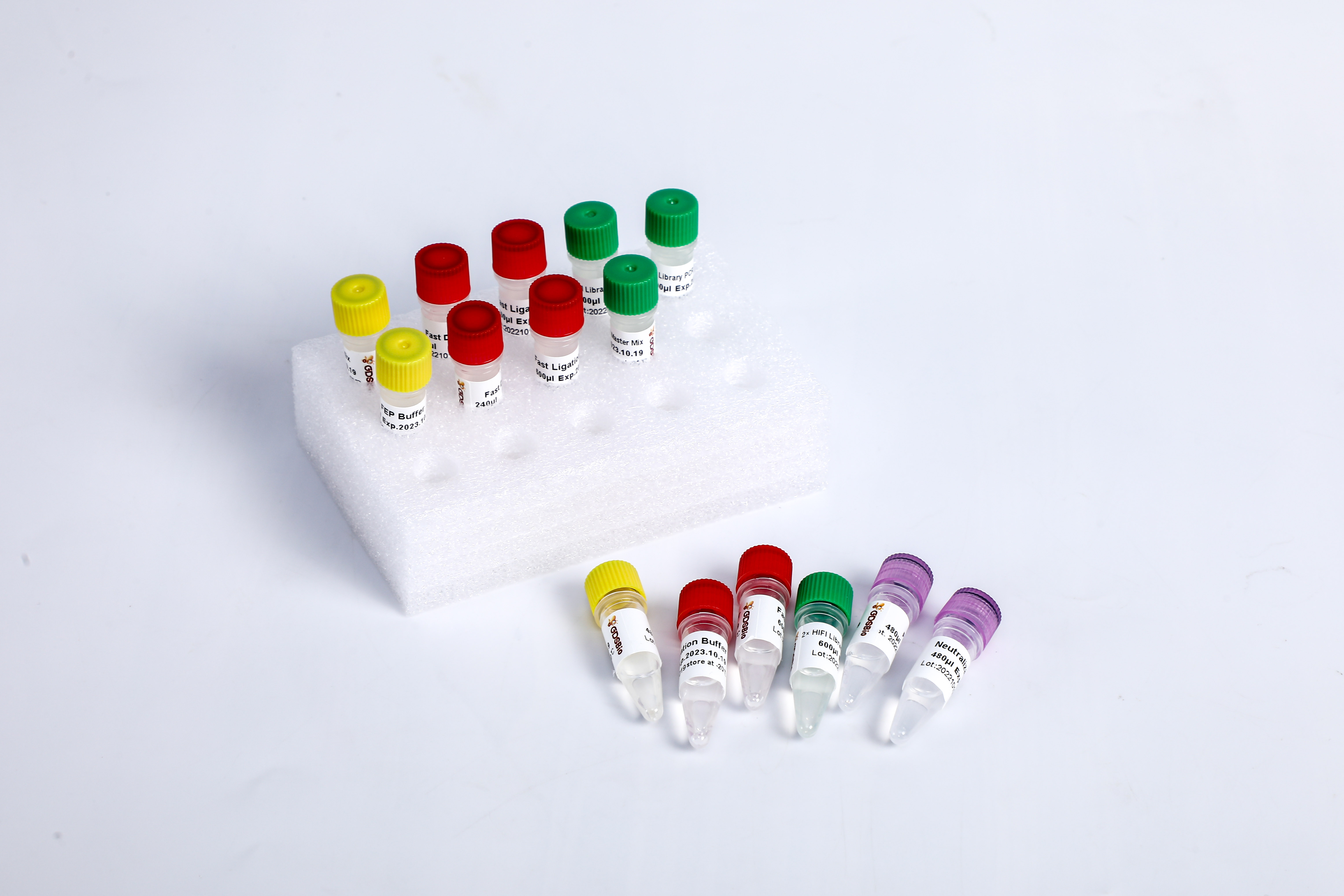Basic Process of NGS Library Preparation
The NGS library construction process mainly includes the following steps:
Sample preparation: Extract DNA or RNA from the raw sample and perform quality testing to ensure that the sample quality and concentration meet the library construction requirements.
Library construction: Fragment the DNA or RNA sample, perform end repair, add adaptors, and other treatments to construct a library that can be used for further sequencing.
Hybridization and capture: Use corresponding probes or Capture beads to hybridize and capture the library according to the target sequencing region or gene, enriching the target sequences.
Removal of impurities: Clean the captured library and remove impurities and unreacted probes or Capture beads.
Amplification and normalization: Perform PCR amplification on the captured library to achieve a suitable concentration for sequencing, and perform normalization to ensure that the starting concentration of each sequencing reaction is the same.
Library quality control: Perform quality testing on the amplified and normalized library, including testing indicators such as fragment distribution and concentration to ensure that the library meets the sequencing requirements.
Loading for sequencing: Load the qualified library onto the NGS sequencing platform for sequencing.
These are the basic steps of the NGS library construction process. Different sequencing platforms and experimental schemes may have slight differences. In practical operation, it is necessary to adjust and optimize according to specific circumstances.

 Tel: +86 20 31600213
Tel: +86 20 31600213  Sales EMail: order@gdsbio.com
Sales EMail: order@gdsbio.com 




